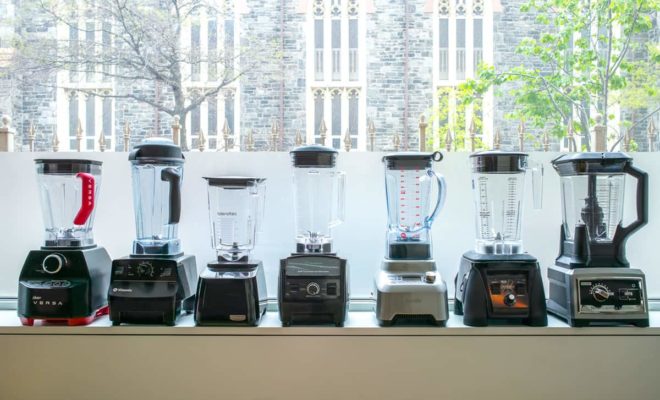5 Types of Industrial Blenders

If you’re new to a manufacturing or industrial business you may not know much about the mixing equipment the company works with. You know from the name what it does, but you still wonder, why this machine? What makes it so special?
Agitator Blender
These can be used to break large solid pieces down into a smaller grain or they can be used to mix powders or liquids. However, putting dense liquids into one may have the same effect as overloading a washing machine if the wrong paddles are used, so be careful if you’re mixing something like molasses.
Emulsifiers
In the real world, opposites don’t always attract. If you have substances that are resistant to mixing due to chemical composition, emulsifiers will put on the pressure with a centrifuge (and at times chemical additives) to break everything down at a molecular level and then mix it up again.
Ribbon Blender
There are no actual ribbons involved in this machine’s function. The name is a creative description of the blades used in the mixing process. If you have a liquid or powder that’s a bit chunky, a ribbon blender should be able to smooth it out.
Tumbler Blender
This is perhaps the most self-explanatory variety of industrial mixer you could work with. If you had a rock tumbler as a kid, you know how these blenders work. The rotating motion combines with gravity to mix the contents. These are most often used for solid materials and powders.
Vibrational Blender
This blender seems like something out of a sci-fi novel, as it uses ultrasonic waves to do the mixing. The waves create ultrasonic cavitation, which are voids that “pop”, thereby mixing the materials. If precision is key, these are the mixers you’re probably working with.
Just because these machines perform the same function, it doesn’t mean they perform it in the same way. If you want the job done right it is integral to have a perfect match between blender and material.


